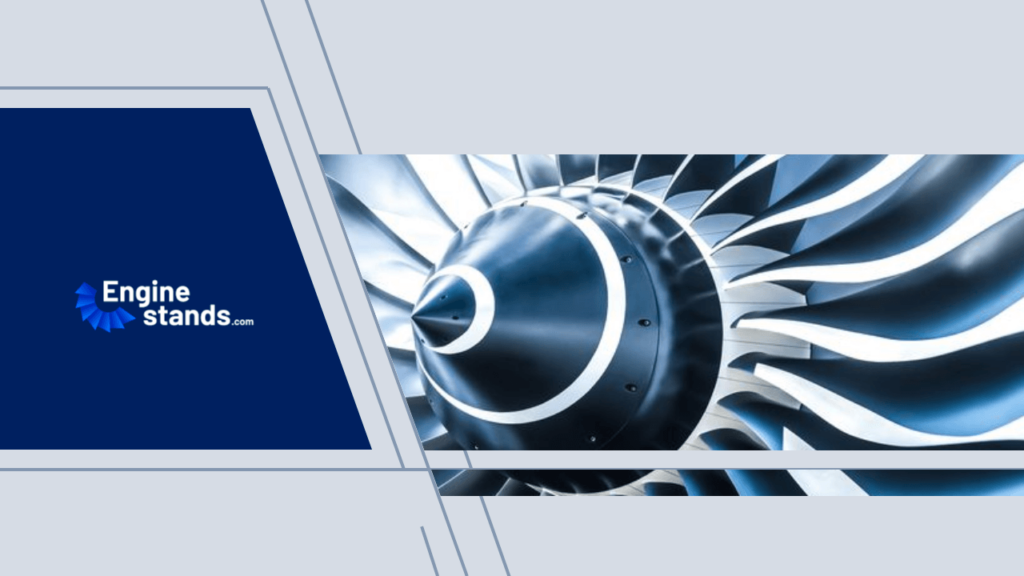All aircraft, after they have entered service, follow a continuous and rigorous program of inspection and maintenance. Different organizations have different guidelines and requirements for aircraft maintenance, but the intrinsic idea remains the same – at any point on the ground or in the air the aircraft must be technically safe to fly.
Just like a car is serviced every 10,000 km aircraft have to be serviced every 400 to 600 hours, with more in-depth maintenance procedures being carried out every 20-24 months.
A Check
This type of check is carried out every 400-600 hours, or 200-300 cycles. During the check filters are changed, key hydraulic systems are lubricated, and a detailed inspection of all the emergency equipment is completed.
B Check
This check is performed every six to eight months and requires more than 160 man-hours to perform. After the maintenance is complete, oil and fuel filters will have been inspected, the oil will have been changed, and water separators will have been inspected.
C Check
An aircraft that is under a C Check inspection has all the same steps performed as in a B Check, along with having several more in-depth inspections carried out, such as, looking for cracks or signs of metal fatigue and, if found, the necessary maintenance work to replace any defective parts will be performed.
D Check
During the D Check an aircraft is dismantled so that engineers can inspect the metal skin of the aircraft, not only from the outside but from the inside also. During the D Check, nearly every component is removed, including the aircraft’s powerplants.
Engine maintenance
Yet another category of aircraft maintenance includes engine inspection and repairs. A popular choice among airlines – to efficiently utilize aircraft time on the ground – is to carry out dedicated engine maintenance. A less popular option is to perform expedited dedicated engine maintenance without waiting for aircraft grounding. The process may impact the availability of an aircraft if the replacement is not found. Weighing 4 tons and costing USD 32 million apiece, the engines require extreme care with the use of appropriate equipment to ensure that no damage will be caused during the transportation or maintenance works. Most accidents during engine repairs are reportedly caused by inadequately built and designed engine stands that tip over and damage engine blades, causing minor cracks in the metal construction of the powerplant.
“Each maintenance project requires timely and specific communication, efficient use of resources, and utilization of the right equipment in order to avoid damages. We have heard numerous stories from our clients when expensive engines like CFM56, IAE V2500, or TRENT-700 are damaged due to a stand tipping over because of flawed design. Being a leader in engine stand and aircraft tooling rent, we know that any piece of equipment involved in the maintenance process should be reliable and built with practicality and safety in mind. Our offered services like tooling rent and engine stand rent have proven to be a successful and demanded service in the market, following client’s needs to perform non-standard projects with minimal investments needed to refit or upgrade maintenance bays and equipment.” – comments Hanna Lavinskaja, Head of Business Development at Enginestands.com.

